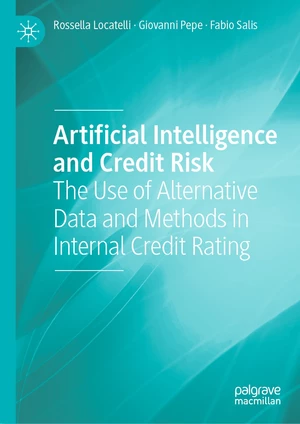This book focuses on the alternative techniques and data leveraged for credit risk, describing and analysing the array of methodological approaches for the usage of techniques and/or alternative data for regulatory and managerial rating models. During the last decade the increase in computational capacity, the consolidation of new methodologies to elaborate data and the availability of new information related to individuals and organizations, aided by the widespread usage of internet, set the stage for the development and application of artificial intelligence techniques in enterprises in general and financial institutions in particular. In the banking world, its application is even more relevant, thanks to the use of larger and larger data sets for credit risk modelling. The evaluation of credit risk has largely been based on client data modelling; such techniques (linear regression, logistic regression, decision trees, etc.) and data sets (financial, behavioural, sociologic, geographic, sectoral, etc.) are referred to as âtraditionalâ and have been the de facto standards in the banking industry. The incoming challenge for credit risk managers is now to find ways to leverage the new AI toolbox on new (unconventional) data to enhance the modelsâ predictive power, without neglecting problems due to resultsâ interpretability while recognizing ethical dilemmas. Contributors are university researchers, risk managers operating in banks and other financial intermediaries and consultants. The topic is a major one for the financial industry, and this is one of the first works offering relevant case studies alongside practical problems and solutions.
Price history
Sep 16, 2022
€47.77

